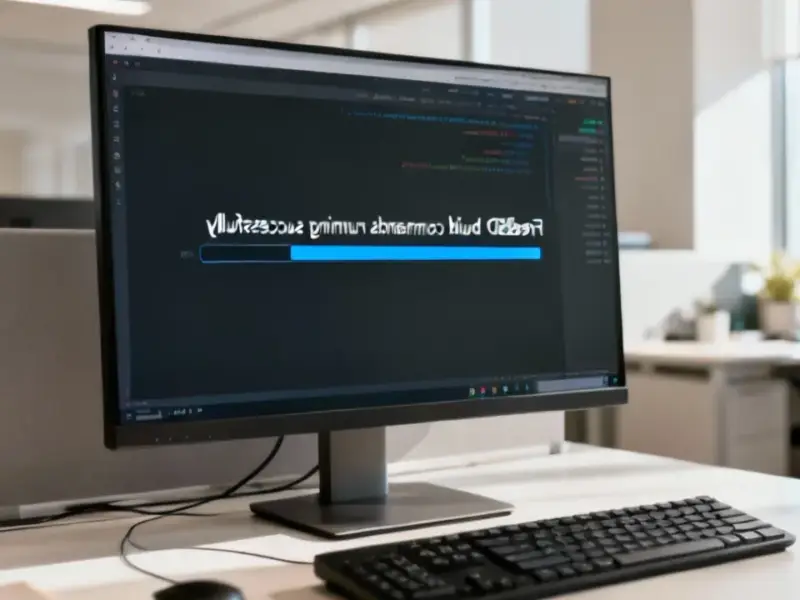According to Phoronix, AMD is contributing BFloat16 support to LLVM’s SPIR-V target, which handles compilation for heterogeneous computing environments. This follows Intel’s earlier BFloat16 work and represents AMD catching up in the AI acceleration space. Separately, the Flang-Tidy tool is now available for automatically cleaning and correcting Fortran code in what developers describe as a “sort of opinionated fashion.” Both developments are part of ongoing LLVM compiler infrastructure improvements. These updates reflect how both cutting-edge AI hardware support and legacy language maintenance coexist in modern compiler development. The changes will benefit developers working across the spectrum from high-performance computing to machine learning applications.
The BFloat16 AI Arms Race
Here’s the thing about BFloat16 – it’s basically becoming the standard for AI workloads because it gives you most of the precision of traditional FP32 but with way better performance. AMD playing catch-up here isn’t surprising, but it does highlight how much ground they need to make up against Nvidia and Intel in the AI space. Remember when AMD was all about gaming GPUs? Now they’re scrambling to match AI-specific features that have been in competing hardware for years.
And let’s be real – contributing to open source LLVM targets is smart strategically. It’s not just about being a good open source citizen. This move makes AMD hardware more attractive for the growing ecosystem of AI developers who live in the LLVM world. But I wonder – is this too little, too late? The AI hardware landscape is moving incredibly fast, and AMD’s traditional strength in gaming doesn’t necessarily translate to AI dominance.
Fortran’s Unexpected Renaissance
Now, the Flang-Tidy story is actually more interesting than it might seem. Fortran? Really? In 2024? But here’s the reality – massive amounts of scientific computing, weather modeling, and financial systems still run on Fortran code that’s been maintained for decades. The fact that they’re building modern tooling like Flang-Tidy shows just how much legacy code is out there that nobody’s rewriting anytime soon.
Basically, we’re looking at two parallel universes in compiler development. On one side, you’ve got the bleeding-edge AI stuff with BFloat16. On the other, you’ve got tools trying to make 60-year-old programming languages slightly less painful to maintain. It’s kind of amazing that both can exist in the same ecosystem. The “sort of opinionated” approach for Flang-Tidy is actually pretty sensible – you can’t be too dogmatic when dealing with code that might predate the developers working on it.
The Hidden Complexity
What most people don’t realize is how much work goes into these seemingly minor compiler updates. Adding BFloat16 support isn’t just flipping a switch – it involves changes across the entire toolchain, from frontend parsing to backend code generation. And for SPIR-V specifically, you’re dealing with cross-platform compilation for everything from CPUs to GPUs to specialized accelerators.
Meanwhile, building a linter for Fortran is its own special kind of challenge. The language has evolved through multiple standards, and there’s code out there using features that haven’t been recommended since the 1970s. How opinionated should you be when the “correct” way to do something has changed half a dozen times? It’s a maintenance nightmare that most modern developers can’t even imagine.
The Bigger Picture
So what does all this tell us? The compiler world is simultaneously racing forward and carefully preserving the past. Companies like AMD need to support both the latest AI innovations and ensure they don’t break decades-old code that their customers depend on. It’s a balancing act that doesn’t get enough attention.
And honestly, that’s why work from people like Michael Larabel at Phoronix matters. These aren’t sexy consumer features, but they’re the plumbing that makes everything else work. Whether it’s AMD playing catch-up in AI or making Fortran slightly more maintainable, these updates shape what’s possible in computing for years to come. The real question is whether any single company can keep up with both the cutting edge and the legacy requirements simultaneously.




